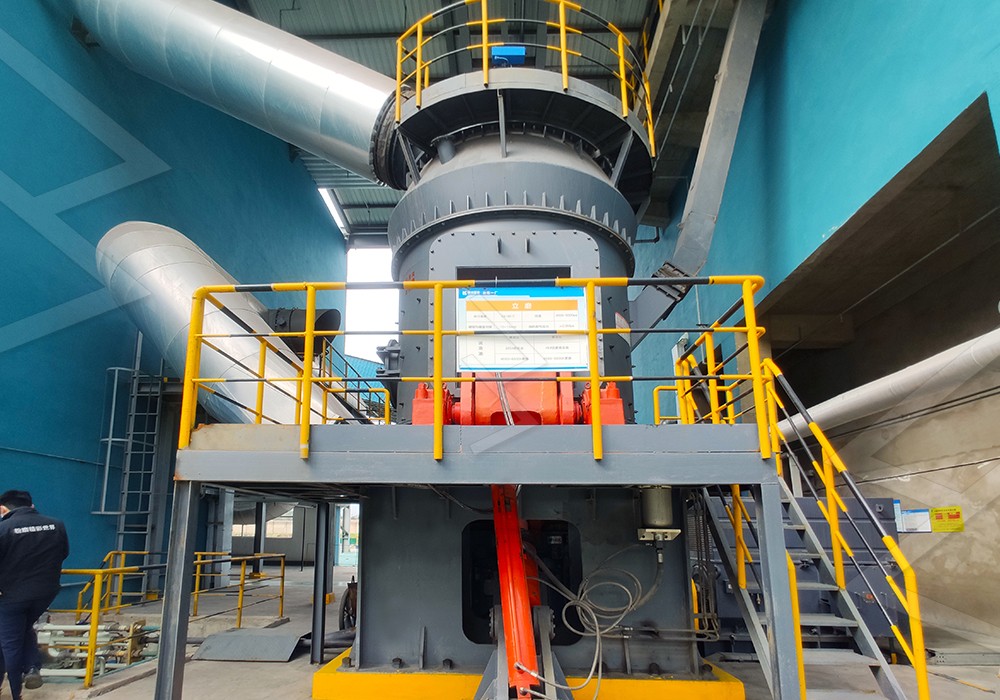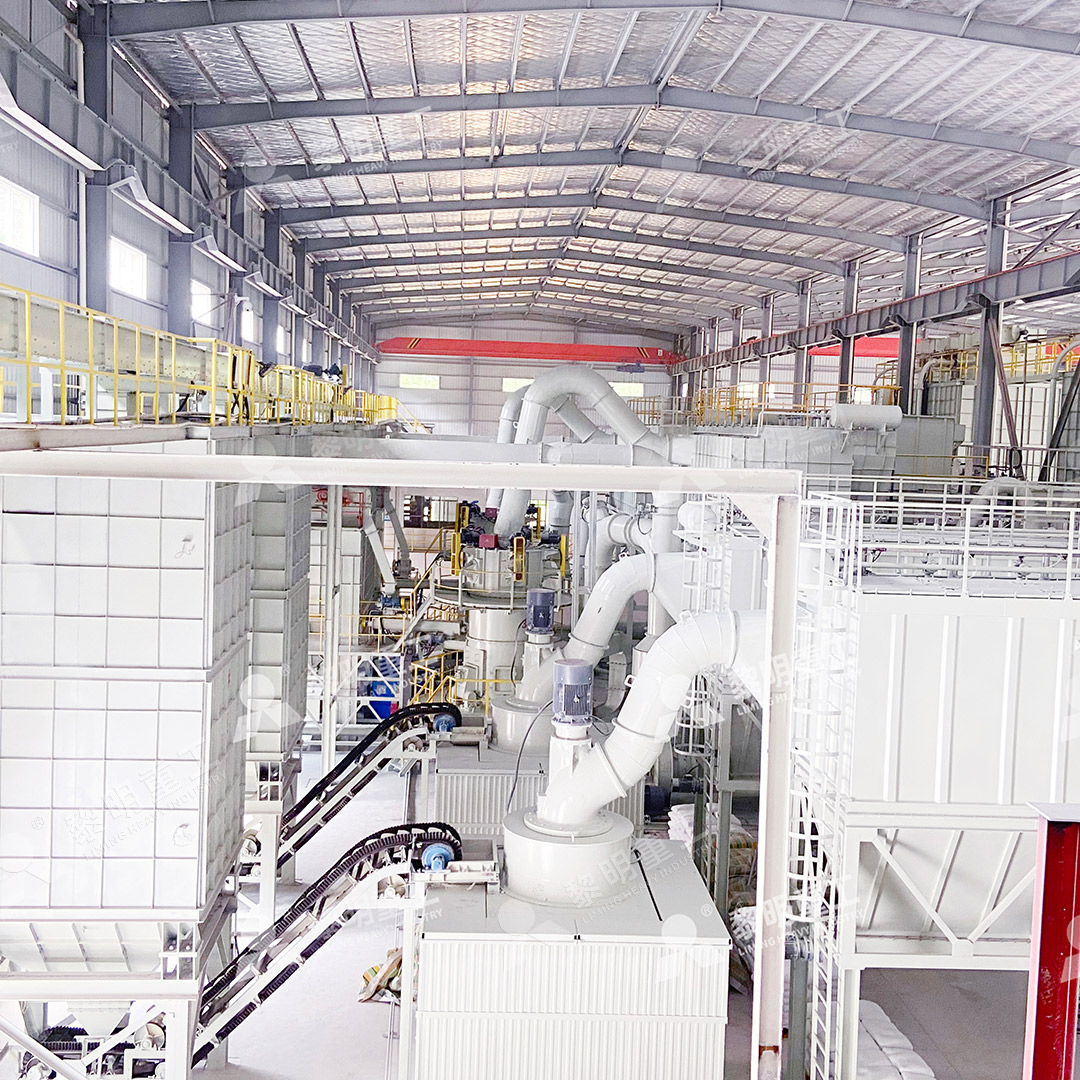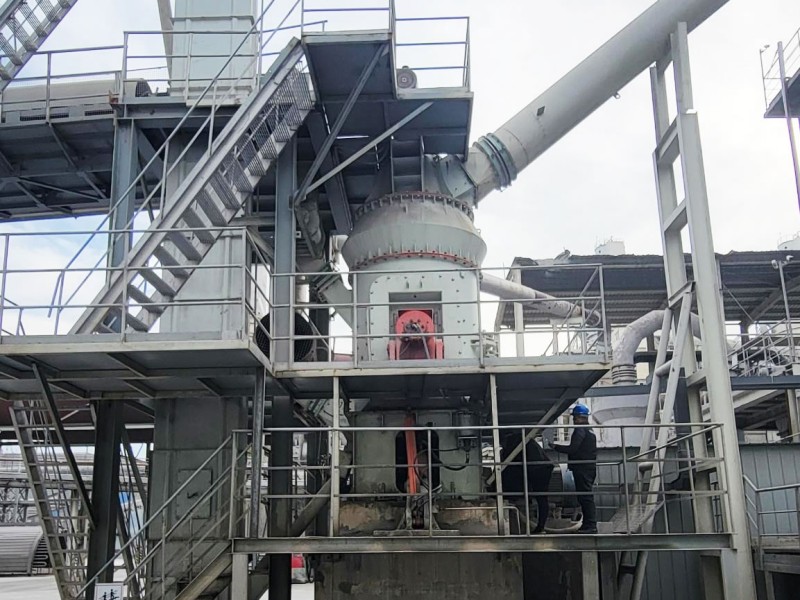High Efficiency 1250 Mesh Vertical Mill for Fine Powder Grinding
High Efficiency 1250 Mesh Vertical Mill for Fine Powder Grinding
In today’s competitive industrial landscape, achieving consistent fine powder production at 1250 mesh specifications presents significant challenges for many operations. The demand for ultra-fine powders continues to grow across various sectors including pharmaceuticals, cosmetics, advanced materials, and specialty chemicals, driving the need for more sophisticated grinding technology.
Traditional grinding methods often fall short when it comes to producing powders in the 1250 mesh range (approximately 10-15 microns). These conventional systems typically struggle with energy inefficiency, inconsistent particle size distribution, and excessive heat generation that can degrade material properties. Furthermore, maintaining precise control over final product fineness while ensuring operational reliability remains a persistent challenge for many manufacturers.

Advanced Technology for Superior Fine Powder Production
The evolution of vertical mill technology has revolutionized fine powder processing. Modern vertical mills incorporate sophisticated engineering principles that address the limitations of earlier generation equipment. Through innovative design features and precision control systems, these advanced mills deliver exceptional performance in the challenging 1250 mesh range.
Key technological advancements include improved grinding curve designs that optimize the interaction between grinding rollers and rings, enhanced powder separation systems that provide more precise classification, and sophisticated control systems that maintain consistent operation parameters. These innovations collectively contribute to higher efficiency, better product quality, and reduced operational costs.
MW Ultrafine Grinding Mill: Engineered for Precision Fine Powder Production
For operations requiring consistent 1250 mesh powder production, the MW Ultrafine Grinding Mill represents a significant technological advancement. This specialized equipment operates with an input size of 0-20 mm and delivers throughput capacities ranging from 0.5 to 25 tph, making it suitable for various production scales.
The MW series incorporates several proprietary features that make it particularly effective for fine powder applications. Its newly designed grinding curves for the grinding roller and ring assembly enhance grinding efficiency substantially. Independent testing has demonstrated that with identical fineness and power consumption, the production capacity exceeds that of jet grinding mills and stirred grinding mills by approximately 40%, while delivering twice the output of conventional ball grinding mills.

Critical Design Features for 1250 Mesh Performance
Achieving consistent 1250 mesh output requires careful attention to several engineering aspects. The cage-type powder selector, incorporating German technology, significantly enhances powder separation precision. This system can be configured with multi-head cage-type selectors tailored to specific production requirements regarding yield, fineness, and sieving rate.
Notably, the grinding chamber design eliminates rolling bearings and screws entirely, addressing common failure points in conventional mills. This innovative approach prevents bearing damage and eliminates machine failures caused by loose screws. The external lubrication system enables continuous operation without shutdowns for maintenance, supporting 24-hour production schedules.
Environmental and Operational Considerations
Modern fine powder grinding operations must address environmental concerns while maintaining production efficiency. The integration of efficient pulse dust collectors ensures dust-free operation throughout the milling process. Additional noise reduction measures, including silencers and dedicated noise elimination rooms, help operations comply with stringent environmental standards.
The digital processing capabilities of contemporary vertical mills contribute significantly to their precision and reliability. With numerous numerically controlled machine tools handling operations from steel plate cutting to final assembly, these systems achieve exceptional machining accuracy, particularly for core components that directly impact grinding performance.

LUM Ultrafine Vertical Grinding Mill: Alternative for Specialized Applications
For operations with different requirements, the LUM Ultrafine Vertical Grinding Mill offers another sophisticated solution. With an input size of 0-10 mm and capacity range of 5-18 tph, this mill integrates the latest grinding roller technology from Taiwan with German powder separating expertise. Its unique roller shell and lining plate grinding curve design facilitates easier material layer formation, enabling high finished product rates through single-pass powder milling.
The LUM series incorporates double position-limiting technology that enhances operational stability by preventing destructive impacts between grinding components. The reversible structure simplifies maintenance procedures, allowing operators to easily remove grinding rollers for inspection and component replacement, thereby minimizing production downtime.
Application Versatility
High-efficiency vertical mills demonstrate remarkable versatility across multiple material types. They effectively process limestone, calcite, dolomite, petroleum coal, gypsum, barite, marble, talc, and various other minerals. Beyond traditional mineral applications, these systems serve demanding sectors including chemical manufacturing, paint production, cosmetics, pharmaceuticals, and food additives where consistent fine powder quality is critical.
Frequently Asked Questions
What makes vertical mills more efficient for 1250 mesh grinding compared to traditional ball mills?
Vertical mills incorporate optimized grinding curves and advanced separation systems that specifically enhance efficiency in the fine powder range. The material bed grinding principle, combined with precise airflow control, reduces energy consumption while improving product quality consistency.
How does the MW Ultrafine Grinding Mill maintain consistent 1250 mesh output?
The mill utilizes a sophisticated cage-type powder selector with German technology that provides exceptional separation precision. The system allows adjustment of fineness between 325-2500 meshes, with screening rates achieving d97≤5μm in a single pass.
What maintenance advantages do modern vertical mills offer?
The elimination of rolling bearings and screws in the grinding chamber removes common failure points. External lubrication systems enable maintenance without production stoppages, while reversible structures in models like the LUM series facilitate easier component replacement.
How do these systems address environmental concerns?
Integrated pulse dust collectors ensure dust-free operation, while silencers and noise reduction chambers maintain noise levels within regulatory limits. The closed-system design prevents material escape and minimizes environmental impact.
What materials can be processed using high-efficiency vertical mills?
These systems handle diverse materials including limestone, calcite, dolomite, gypsum, barite, marble, talc, and various mineral powders. They also serve specialized applications in chemicals, pharmaceuticals, cosmetics, and food additives.
